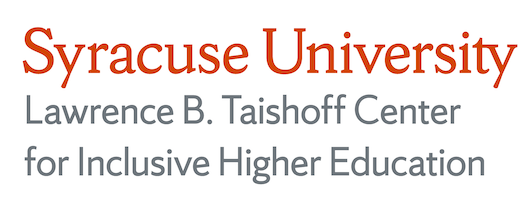Virtual Reality for Teaching Science Vocabulary to Postsecondary Education Students with Intellectual Disability and Autism
DOI:
https://doi.org/10.13021/jipe.2024.3546Keywords:
virtual reality, special education, intellectual disabiltity, autism, science, human anatomy, inclusive post-secondary educationAbstract
The purpose of this study was to examine the use of virtual reality, an emerging technology, to teach college-age students with intellectual disability and autism to acquire science vocabulary words relating to human anatomy. One student with autism and two students with an intellectual disability participated in a multiple baseline across skills (i.e., acquisition of science vocabulary words) design. Data were collected on the three students' abilities to define and label three sets of human anatomy vocabulary words (i.e., bones, muscles, and organs) while using Organon 3D. Students used this application while using the Oculus Rift S, a virtual reality head-mounted display. Results indicated that all students acquired definitions and labeling knowledge for the new science vocabulary terms in the area of human anatomy.
Downloads
Published
How to Cite
Issue
Section
License
Copyright (c) 2024 Kathryn Abrams, Don McMahon, Jonah Firestone, Holly Whittenburg, Lauren Bruno

This work is licensed under a Creative Commons Attribution-NonCommercial-ShareAlike 4.0 International License.




